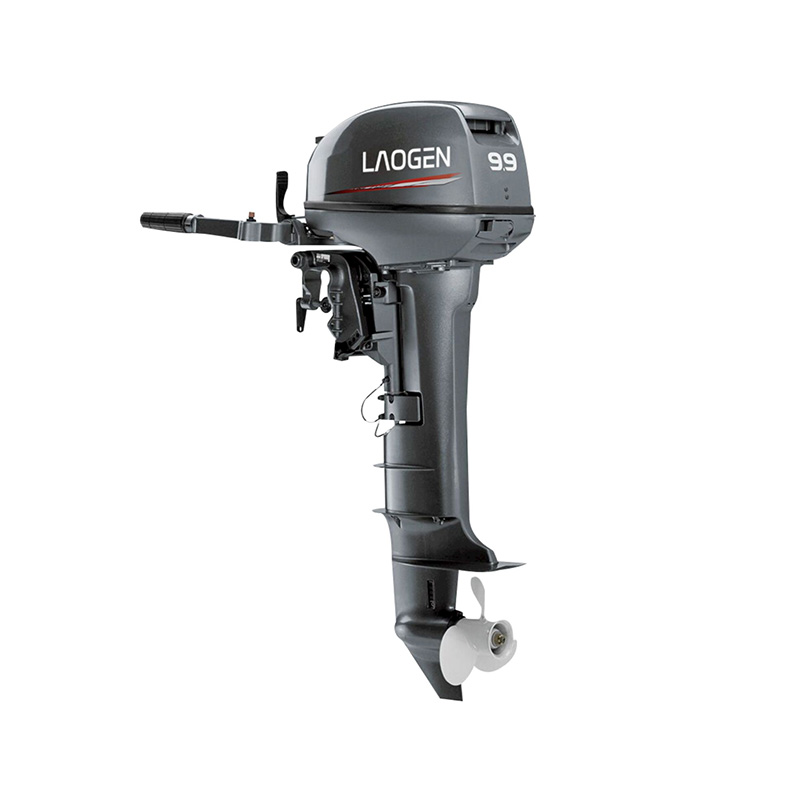Exploring The Dynamics Of 4-Stroke Boat Motors And 2-Stroke Boat Engines
Two distinct technologies have long been at the forefront: the 4-stroke boat motor and the 2-stroke boat engine. These propulsion systems are integral to the boating experience, each offering its own set of advantages and considerations. This article delves into the dynamics, features, and applications of 4-stroke boat motors and 2-stroke boat engines, shedding light on their respective strengths and considerations for boaters and enthusiasts.
4-Stroke Boat Motor:
The 4-stroke boat motor stands as a testament to the evolution of marine engine technology. This type of engine operates on a four-step combustion cycle – intake, compression, power, and exhaust. The meticulous sequencing of these steps results in a more efficient and cleaner combustion process compared to its 2-stroke counterpart.
One of the defining features of a 4-stroke boat motor is its fuel efficiency. The four-stroke cycle allows for better control over fuel intake and exhaust, optimizing the combustion process. This efficiency translates into improved fuel economy, making 4-stroke motors an appealing choice for boaters who prioritize longer journeys without frequent refueling.
Another notable advantage of 4-stroke boat motors is their reduced environmental impact. The combustion process produces fewer emissions, aligning with contemporary concerns about sustainability and eco-friendly boating practices. Boaters navigating in ecologically sensitive areas often choose 4-stroke motors for their lower emissions and quieter operation.
Maintenance considerations are also pivotal in the 4-stroke engine's appeal. With a separate oil system, there is less direct mixing of oil and fuel, resulting in cleaner combustion chambers and reduced carbon buildup. This contributes to a longer engine lifespan and fewer maintenance requirements, offering boaters a reliable and hassle-free experience.
In contrast, the 2-stroke boat engine operates on a simpler two-step combustion cycle – compression and power. While perceived as a more traditional technology, 2-stroke engines boast their own set of advantages that cater to specific boating needs.
One of the primary strengths of 2-stroke boat engines is their power-to-weight ratio. These engines are generally lighter and more compact, delivering a higher power output relative to their size. This characteristic makes 2-stroke engines popular in scenarios where a lightweight and nimble propulsion system is paramount, such as in smaller watercraft or racing boats.
The simplicity of design in 2-stroke boat engines contributes to their ease of maintenance. With fewer moving parts and a more straightforward combustion process, boaters often find these engines simpler to service and repair. This is advantageous for individuals who prefer a hands-on approach to maintenance or those operating in remote areas where professional assistance may be limited.
Moreover, the power delivery of a 2-stroke boat engine is known for being more immediate and responsive. The absence of a dedicated exhaust stroke means that power is generated with each revolution of the crankshaft, resulting in a rapid response to throttle adjustments. This responsiveness can be particularly advantageous in certain boating applications, such as water sports or activities requiring quick acceleration.
Choosing the Right Propulsion System:
The choice between a 4-stroke boat motor and a 2-stroke boat engine ultimately depends on the boater's preferences, specific requirements, and the intended use of the watercraft. Boaters seeking fuel efficiency, reduced emissions, and a quieter operation may lean towards the reliability of a 4-stroke motor. On the other hand, those prioritizing power-to-weight ratio, simplicity, and immediate responsiveness might find the characteristics of a 2-stroke engine more aligned with their needs.
In conclusion, both 4-stroke boat motors and 2-stroke boat engines have their distinct merits, and the decision should be guided by the boater's individual priorities and the intended use of the watercraft. As technology continues to advance, boaters can anticipate further refinements in both propulsion systems, contributing to an ever-evolving and diverse landscape of marine engine options.


 English
English русский
русский











